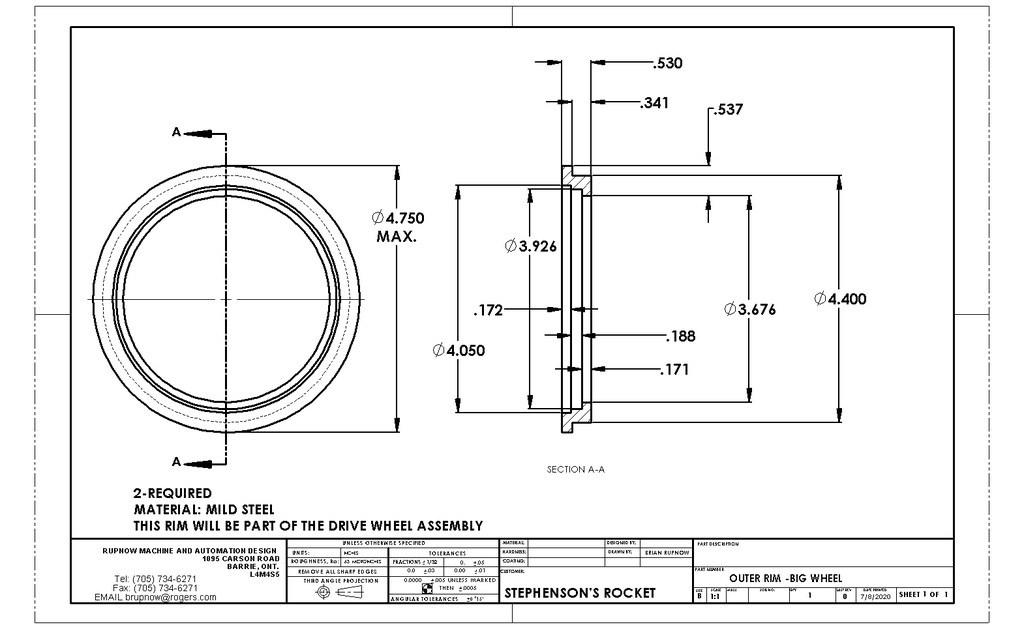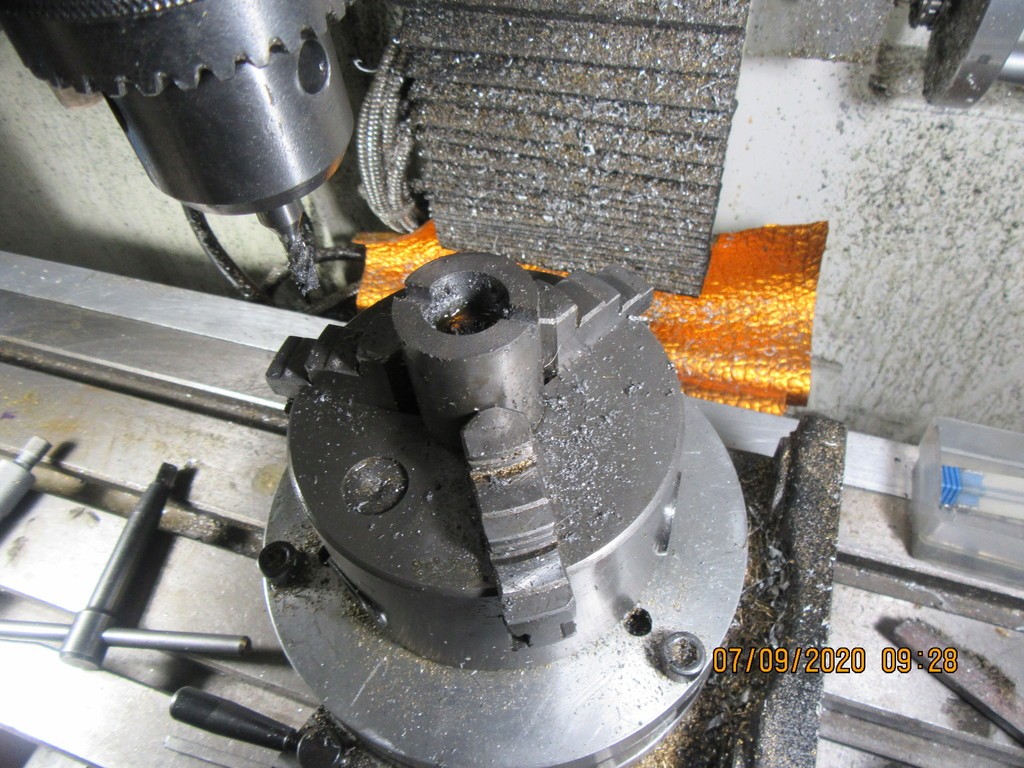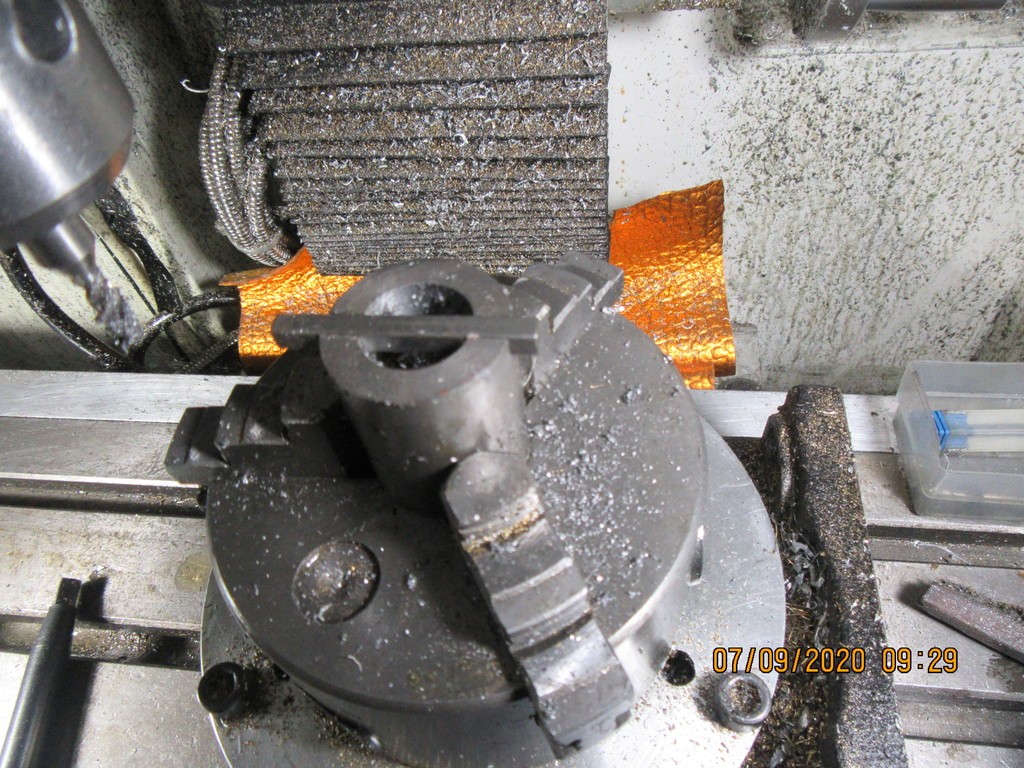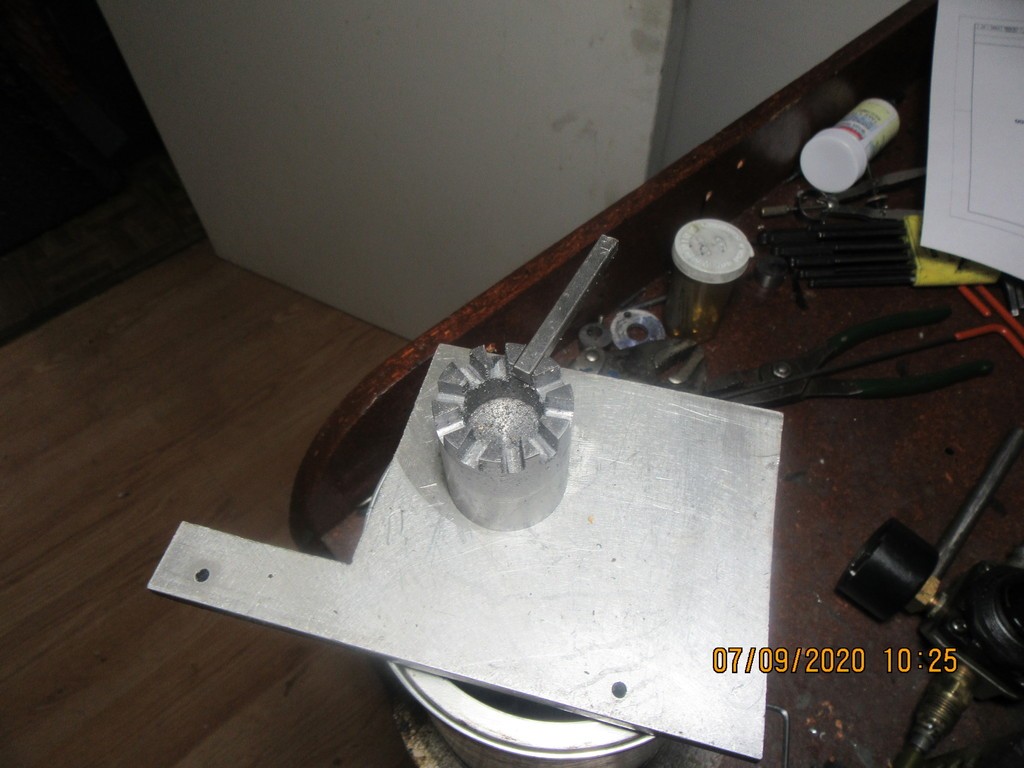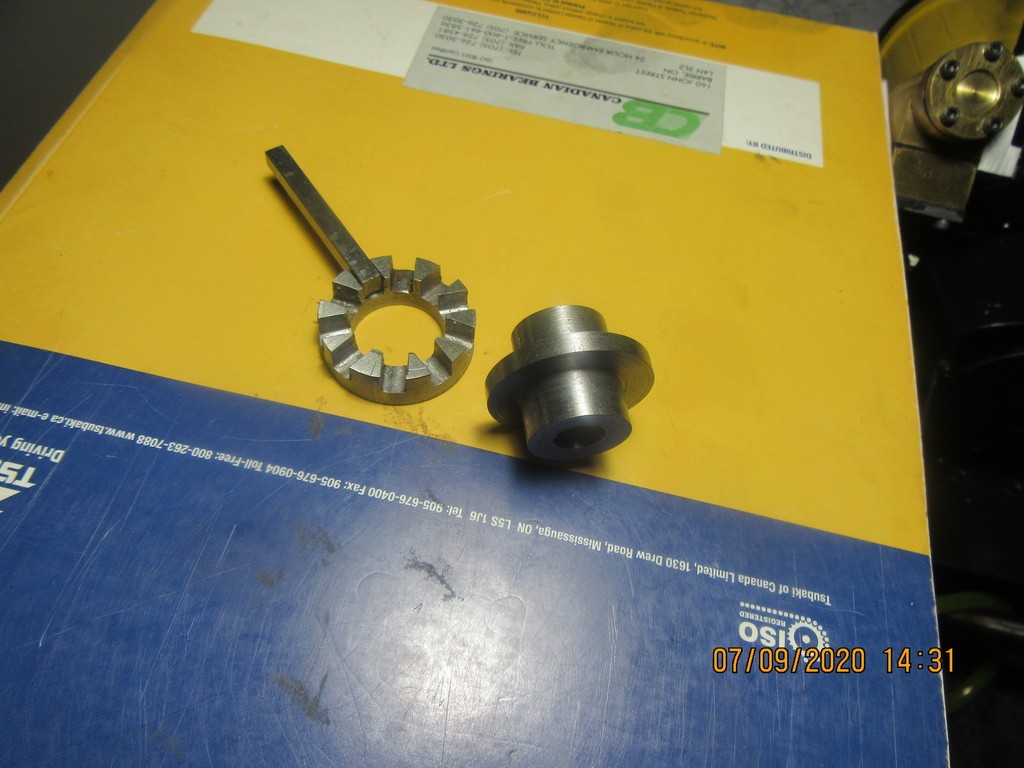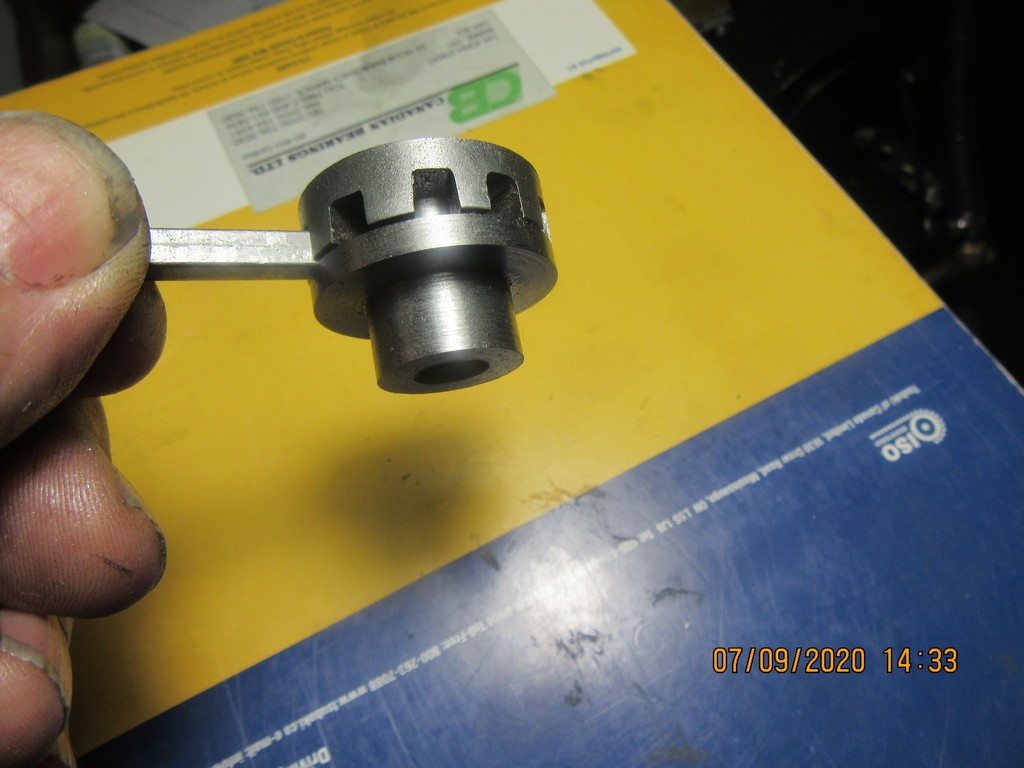Belated happy Birthday Brian!
She's really looking the part and the engines run nicely. They appear to be running almost synchronised in the video. I assume they will be timed 90 degrees apart.
She's really looking the part and the engines run nicely. They appear to be running almost synchronised in the video. I assume they will be timed 90 degrees apart.





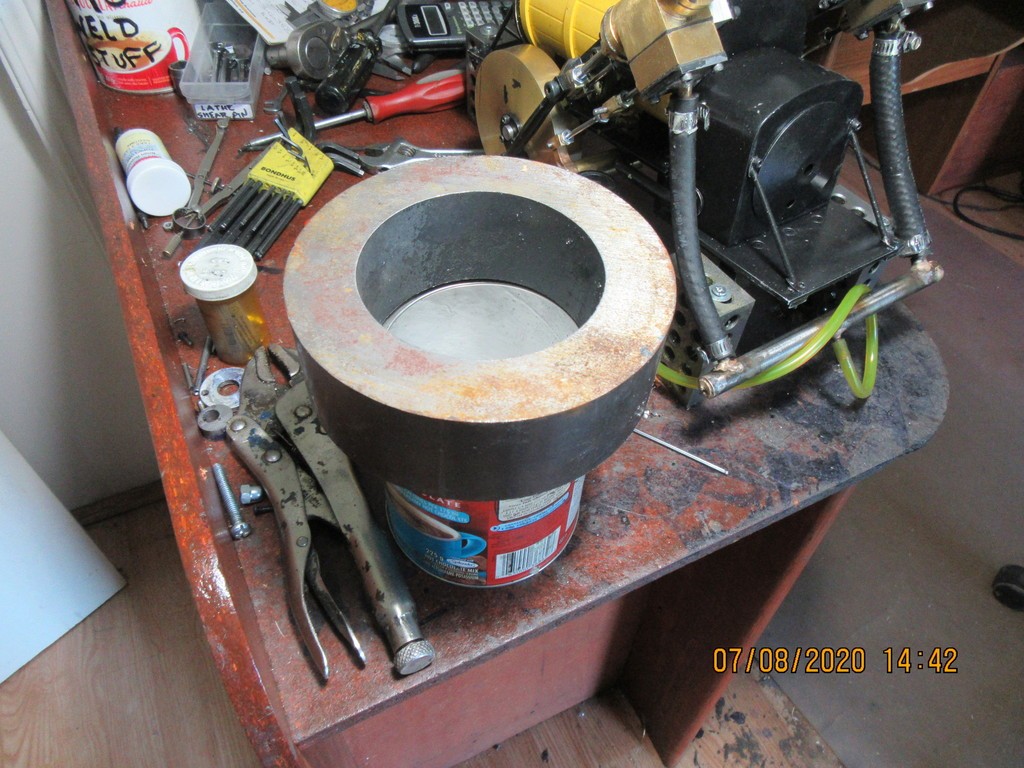
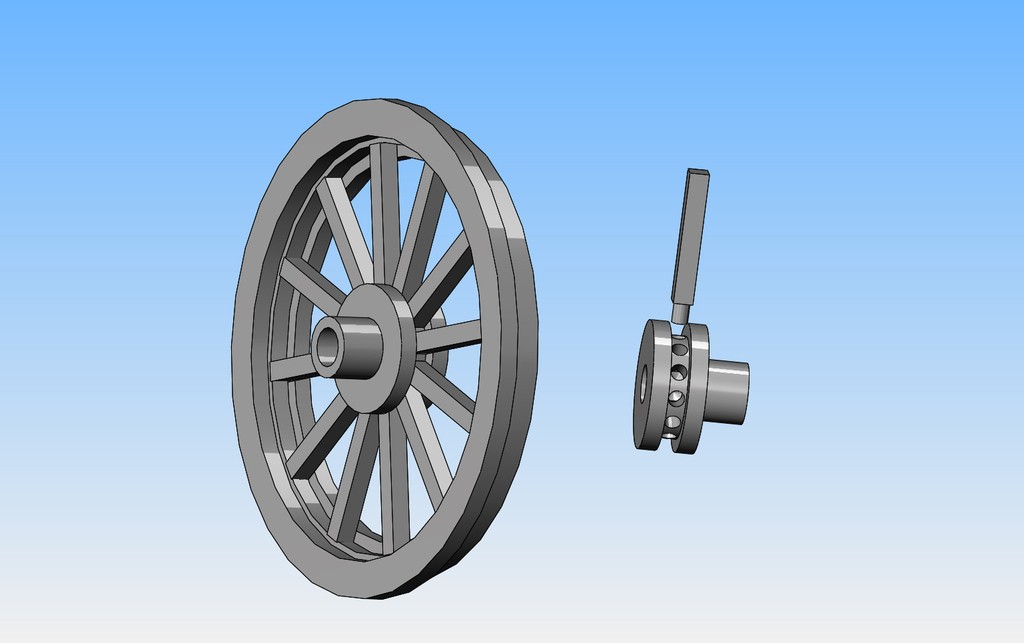
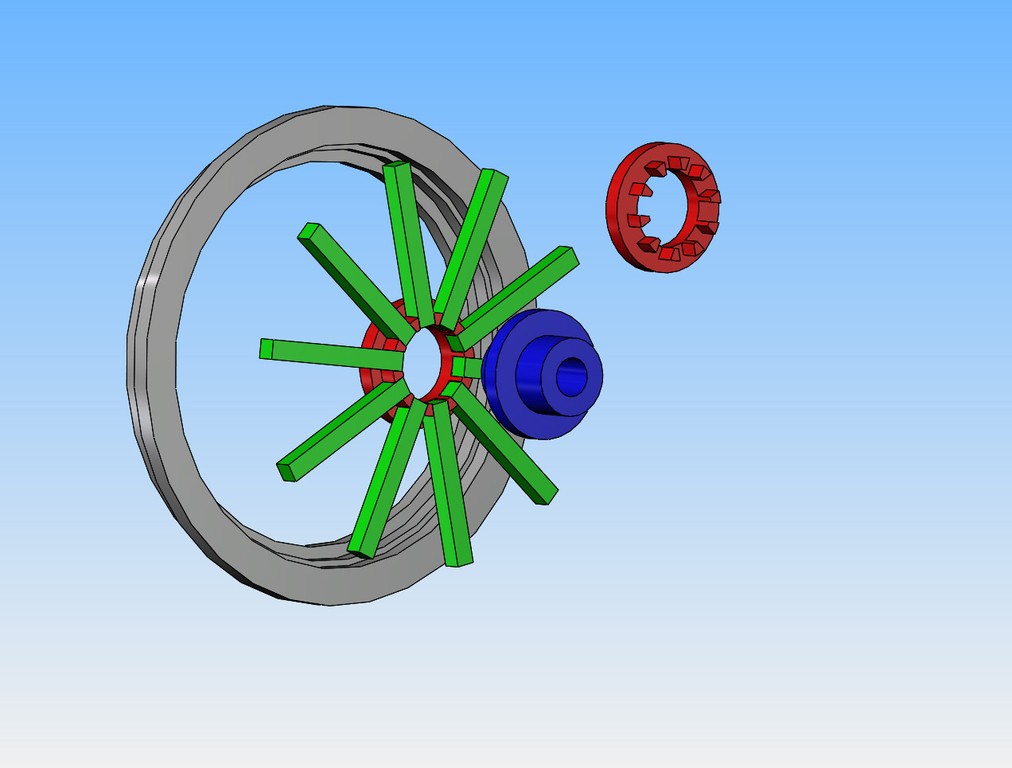





































![MeshMagic 3D Free 3D Modeling Software [Download]](https://m.media-amazon.com/images/I/B1U+p8ewjGS._SL500_.png)
![DreamPlan Home Design and Landscaping Software Free for Windows [PC Download]](https://m.media-amazon.com/images/I/51kvZH2dVLL._SL500_.jpg)
















